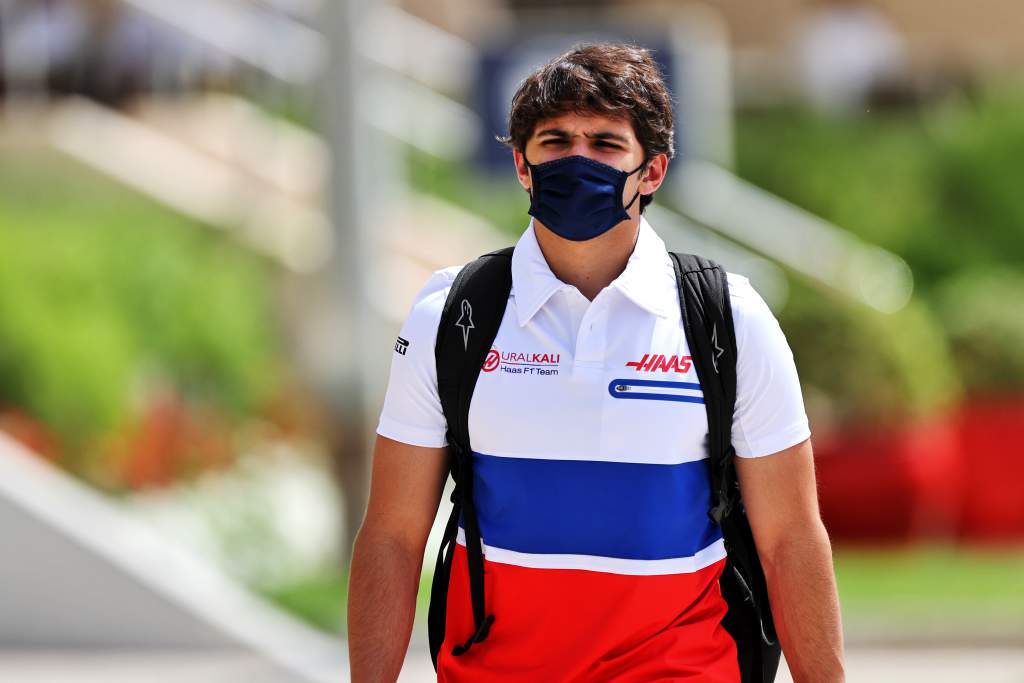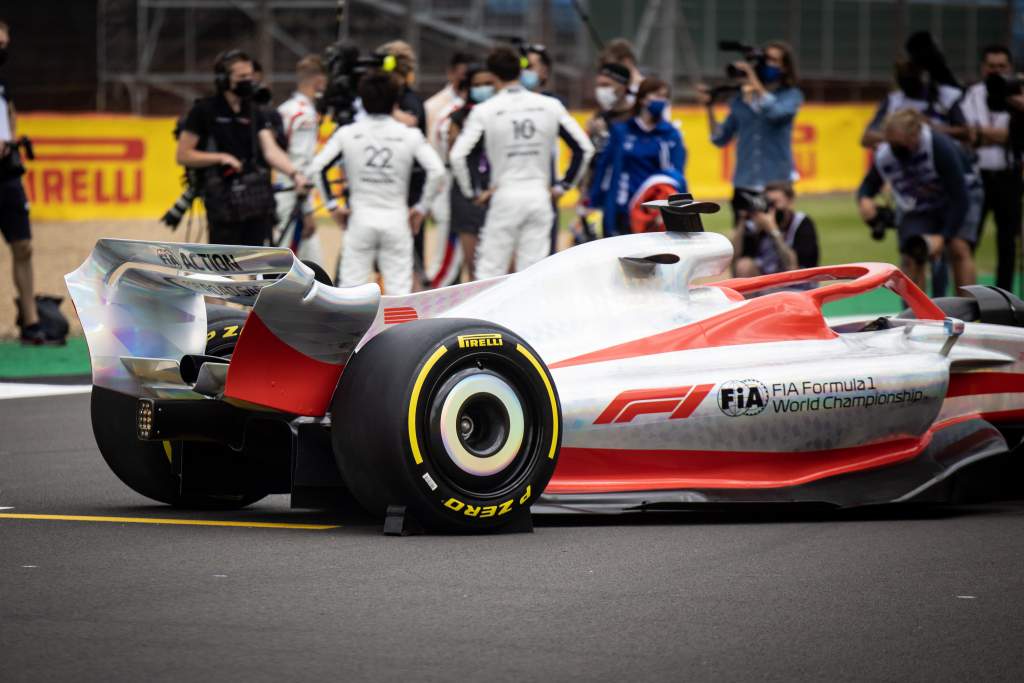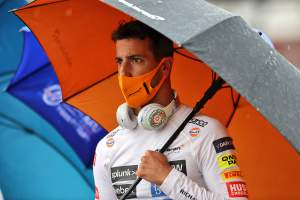Up Next

Formula 1 is historically a buyer’s market when it comes to signing drivers.
After all, there have always been far more aspiring grand prix racers than seats available, ensuring teams usually have plenty of options to choose from.
But a glance at the situation of Alfa Romeo and Williams, which might both want at least one new driver for 2022, shows that there’s no longer an embarrassment of driving riches to plunder.
That’s nothing to do with the quality of the options fundamentally, but simply the opportunity required to refine that quality.
The junior ranks are, as ever, teeming with aspiring talent and there are options elsewhere, such as Formula E world champion Nyck de Vries.
But given the limited opportunities to get mileage in a generation of hugely specialised F1 cars, experience is essential. Certainly, an all-rookie driver line-up, such as that used by Haas, poses problems, so at least one driver needs to have that proven F1 track record.
Put yourself in the position of a team looking for proven F1 drivers and it’s clear how limited the options are. Given the majority of the current field is already signed up for next year, or expected to be, the list of candidates is not long.

Using the definition of drivers who have participated in grand prix weekends this season, the current active driver pool in 2021 is 24 drivers. That includes occasional Friday drivers Robert Kubica (three outings), Callum Ilott (pictured above, two), Roy Nissany (three) and Guanyu Zhou (one). To that we must add the caveat that Nissany won’t have a superlicence to race in 2022.
On top of that, recently active drivers should also be considered. If we add drivers who have started at least one F1 race over the previous two seasons, that adds a further seven names – Romain Grosjean, Kevin Magnussen, Daniil Kvyat, Nico Hulkenberg, Alex Albon, Jack Aitken and Pietro Fittipaldi (pictured below).

That makes a total of 31 drivers with a meaningful F1 track record within a relatively recent timeframe. And you can strike off five of them from consideration as they either aren’t qualified, have only one F1 start or have – or will have – deals outside of F1 for 2022.
Go back 10 years to 2011 and the pool using the same methodology stood at 46 drivers. That’s partly down to there being more teams on the grid in 2010-11, but the in-season testing ban was already having an impact having been introduced in 2009.
Look back even further to 2001 and the number is similar, although that now includes those with significant testing mileage. While some of those who ran were never serious race-seat threats, it shows the extent to which the driver pool has shrunk over the past couple of decades. Look back to 1991 and the number increases to well past 60 even if you only factor in those who entered grand prix weekends.
Add to the equation the fact that F1 cars are so specialised and alien today – as Daniel Ricciardo’s struggles on switching to McLaren have shown – and it’s clear how difficult a situation F1 teams are in.
Even with the use of driver-in-loop simulators and testing of older machinery, the value of ‘live’ experience is high. Effectively, it means that for a team like Williams or Alfa Romeo, should they need or want to make changes, your realistic choices for drivers with experience are the incumbent drivers or, if available, Valtteri Bottas and the four other ‘active’ drivers that meet the criteria – Hulkenberg, Kvyat, Albon and Kubica.
They are all options with merit, and Bottas would be a superb signing for either, but they also have their limitations for teams that are working hard to climb the grid. Imagine how the last two seasons would have looked for Williams without Russell.
This situation isn’t going to change and the days of unrestricted testing or endless driver changes are behind F1. But it does underline the importance of taking a long-term view when it comes to your driver line-up.
No more can teams be confident of picking up a good quality driver with an F1 track record without having to work too hard. And that also impacts the value of signing rookies with big potential, as their progress will be assisted by a team-mate who has plenty of experience.

With hopes that F1 could be closer than ever once the new regulations have settled – and it remains to be seen whether the restrictive rules really do have that effect – the driver could become an even more important part of the competitive equation.
That means it’s just another of the strategic challenges facing teams, particularly those down the driver market food chain, which now need to be looking several years ahead to avoid being left feeding on the scraps of the driver market.
Hopefully, F1’s new financial stability in the cost cap era should mean it’s possible for all 10 teams, not just the larger ones, to do just that.





